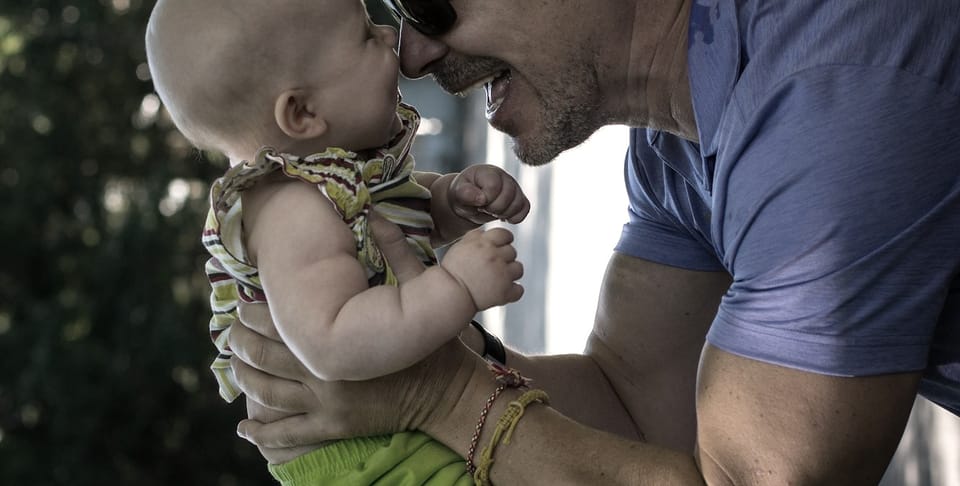🎯 What Patients Actually Buy: The Gap Between Medical Treatment and Life Solutions

Two surgeons. Same qualification. Same hospital. Same ACL reconstruction technique.
Surgeon A earns ₹8 lakhs monthly. Surgeon B earns ₹2.5 lakhs monthly.
The difference isn't surgical skill. It's not reputation or years of experience.
It's understanding what patients actually buy when they walk into your consultation room.
The Brutal Truth About Patient Psychology
I spent 15 years selling surgery.
Explained medial meniscus tears with anatomical precision. Drew detailed diagrams of cruciate ligaments. Discussed surgical approaches and rehabilitation protocols.
My conversion rate was abysmal.
Then I watched a colleague—technically average, honestly—fill his OT schedule while I begged for cases.
His secret?
He never sold surgery.
What Happened in That Consultation Room
A 32-year-old man walks in. Knee injury from football.
My consultation (2008): "You have an ACL tear. Grade III. We'll do arthroscopic reconstruction using hamstring graft. 6-month rehabilitation protocol. Success rate is 85-90%."
Patient: "Let me think about it."
Translation: "I'm finding another surgeon."
My colleague's consultation (same patient, different day): "So you can't play football with your son anymore?"
Patient nods.
"And that company tournament next year—the one you've been training for?"
Patient's face changes.
"Here's what we're going to do. In 8 weeks, you'll be running again. In 4 months, you'll be back on the field. That tournament? You'll be ready."
Patient: "When can we schedule surgery?"
Same injury. Same surgery. Different framing.
One sold medical treatment. The other sold life restoration.
The Pattern That Changed Everything
I started tracking what actually convinced patients to proceed with surgery.
Not my technical explanations. Not my success rates. Not my credentials.
It was the moment I connected their medical problem to their life problem.
The 45-year-old teacher who couldn't stand for full classes. The 28-year-old bride whose wedding was 3 months away. The 55-year-old who was losing independence and becoming a "burden" to his children.
Every single one had a life problem wearing a medical disguise.
What Young Surgeons Get Wrong
Medical school trained you to diagnose pathology. Nobody taught you to diagnose life disruption.
You see torn ligaments. Patients feel lost opportunities.
You see degenerative changes. Patients feel approaching dependence.
You see surgical indications. Patients feel fear of permanent limitation.
This gap—between what you see and what they feel—is costing you cases.
Worse, it's costing patients the treatment they need because you're not speaking their language.
The Consultation Framework That Actually Works
I restructured my consultations completely.